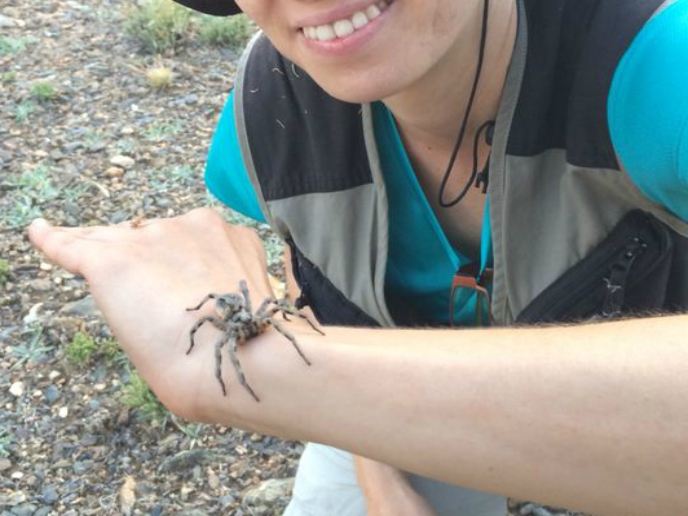Spiders help reveal what drives biodiversity in different areas
Understanding the spatial patterns of biodiversity and their underlying processes is fundamental to conservation biology. This helps explain why some regions encompass a higher number of species and what the main drivers of biodiversity in different biogeographical areas and ecosystems are. Effective conservation strategies must be focused therefore not only on preserving individual species or areas, but also on the maintenance of functional and evolutionary processes at different spatial scales. The EU-funded BIODIV ISLAND-CONT project addressed this challenge by investigating the biogeographical and evolutionary processes that generate biodiversity. Using spiders as a model organism and employing multiple island and continent datasets (Macaronesian archipelagoes and Iberian Peninsula), researchers compared what drives diversity between model systems and where distinct processes have shaped the current composition of species.
A multidisciplinary approach
During their investigation scientists applied taxonomy, phylogenetics, functional ecology and community ecology. ”We amplified and sequenced the mitochondrial and nuclear genes for phylogenetic reconstruction, conducted phylogenetic and lineage age estimation analyses and constructed a database of the the spiders’ functional traits. We also calculated different diversity indices (taxonomic, functional and phylogenetic diversity) and carried out statistical analyses,” says Marie Curie research fellow Nuria Macias. According to project coordinator Pedro Cardoso the initiative’s greatest challenge was dealing with the large amount of data involved. ”We had to reconstruct the phylogenetic history and collect morphological data for about 600 species,” he explains. ”To our knowledge, this is the only study that compares patterns of island biodiversity with continental systems, combining ecological and evolutionary aspects to decipher patterns of community assembly and ecosystem functionality.” Researchers found contrasting patterns of phylogenetic and functional community structure in both ecosystems due to the different ecological and evolutionary characteristics between island and continents. ”Opposing mechanisms are acting on the assembly of the species in the different communities: competitive exclusion is limiting the coexistence of closely related species in some islands, and environmental filtering is allowing species with similar traits to inhabit a particular environment,” Macias observes.
Protection of biodiversity
As expected, the number of species and the functional and phylogenetic diversity was higher on the continent compared to the islands. However, if scientists correct according to species richness, the functional diversity is similar in both ecosystems, indicating that the ecological role of many species from the continent that are not able to colonise the archipelagoes, is being replaced by lineages occupying broad vacant niches in the islands. Thanks to BIODIV ISLAND-CONT researchers now have a deeper understanding of why islands have less species richness than the mainland. ”In spiders as in other groups, many related species diverge in morphology and the way they interact with the environment to avoid competition and explore new opportunities, yet the number of functions performed by species is comparable,” Cardoso points out. BIODIV ISLAND-CONT benefits the scientific community by testing general macroevolutionary hypotheses. It also contributes to future conservation management strategies available to stakeholders and policy makers, thereby supporting the preservation of global biodiversity and ecosystem services.







